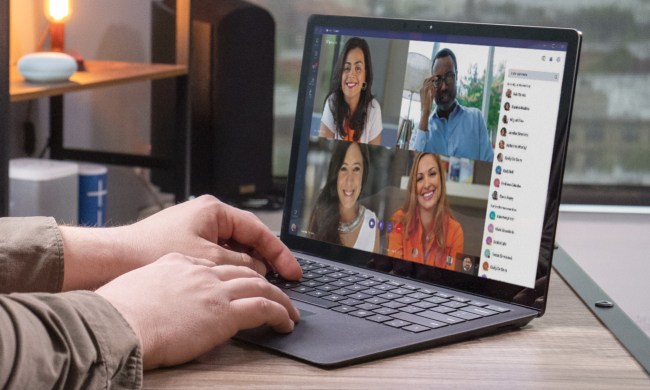
Wikileaks this week published a leaked copy of the intellectual property chapter of the sprawling agreement, which includes a mandate: Every nation must set up a way for copyright owners to find out the identity of copyright violators.
.
“Each Party shall provide procedures…enabling a copyright owner who has made a legally sufficient claim of copyright infringement to obtain expeditiously from an Internet Service Provider information in the provider’s possession identifying the alleged infringer,” the leaked document states.
The document also states that every country should establish a system that forces copyright violators to pay up, saying damages should be “adequate to compensate for the injury the right holder has suffered because of an infringement of that person’s intellectual property right.”
The treaty, nominally a free trade agreement, lowers trade barriers between 12 Pacific Rim nations: Australia, Brunei, Canada, Chile, Japan, Malaysia, Mexico, New Zealand, Peru, Singapore, the United States, and Vietnam. But it goes well beyond trade into areas such as intellectual property and agriculture – two fields that tend to prompt domestic controversy virtually everywhere. Negotiations have been ongoing since 2008.
The text of the agreement is not publicly available – even U.S. senators don’t have access to digital copies. NPR reported in May that senators could only read paper copies of the document in a secure, soundproof room in a basement of the Capitol – accompanied only by aides with high enough security clearance.
As such, Wikileaks making parts of the the treaty public is a big deal. You can read the treaty’s entire chapter on intellectual property rights (PDF) over at Wikileaks, but be warned: it’s not exactly light reading. ZDNet has a summary, if you’re prefer.


